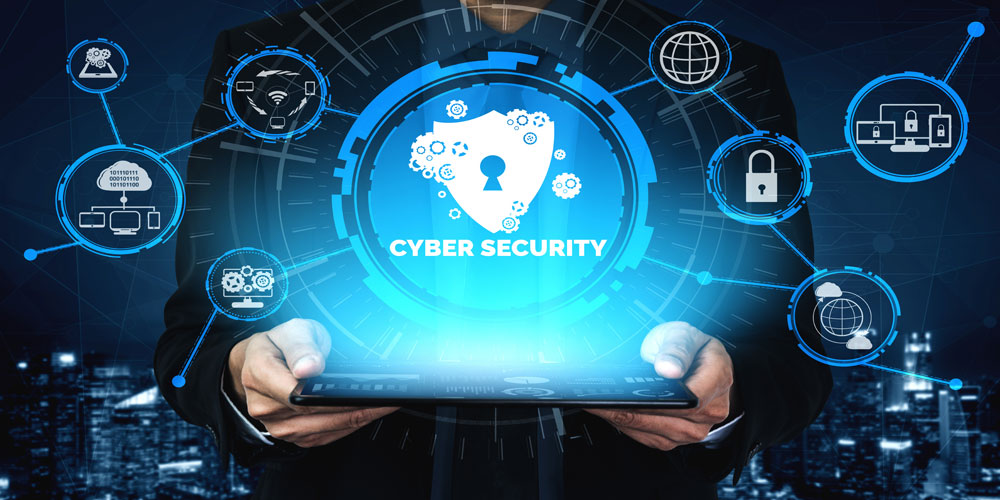Balancing Digital Security & Convenience in Business
Businesses depend on technology to streamline operations, boost productivity, and improve communication. But with that convenience comes new risks. As organisations adopt more digital tools, protecting sensitive information becomes increasingly complex. Striking the right balance between accessibility for employees and safeguarding data is critical, not just for day-to-day efficiency, but for long-term business resilience.
Here are practical steps to achieve that balance without compromising security.
The Foundation: A Strong Business Internet Connection
Your internet connection is the backbone of both productivity and security.
An unreliable or slow connection can tempt employees to use unsecured networks or bypass safeguards, opening the door to breaches and unauthorized access.
A fast, secure business internet plan ensures employees can work efficiently while supporting essential protections like firewalls, VPNs, and encryption. Choose a plan that not only meets your performance needs but also aligns with your security strategy.
Setting Clear Access Policies
Convenience doesn’t mean unlimited access. Establishing well-defined access policies ensures employees can use the tools they need, without exposing sensitive data unnecessarily.
Role-based access control (RBAC) is an effective approach, limiting data access based on job responsibilities. For instance, marketing teams don’t need access to financial records, and HR shouldn’t have visibility into sales data.
Regularly review and adjust permissions as employees change roles or leave the company. Automated systems for access requests and approvals can help streamline the process while minimizing human error.
Using Multi-Factor Authentication (MFA)
Multi-Factor Authentication adds an extra layer of defence by requiring more than one form of verification, like a password plus a mobile code or biometric scan.
Although MFA adds a small step to the login process, it dramatically reduces the risk of unauthorized access. To keep it convenient, choose methods that integrate seamlessly with existing tools, such as mobile apps or fingerprint readers.
Training Employees on Security Best Practices
Technology alone can’t prevent every threat. Employees often pose the greatest risk, usually due to a lack of awareness.
Provide regular training on cyber security, recognizing phishing attempts, creating strong passwords, and using secure networks. Encourage unique passwords for each account and periodic updates.
This not only reduces vulnerabilities but also builds a culture of security, where employees understand the role they play in protecting the business.
Monitoring and Continuous Improvement
Security isn’t a one-time fix — it’s an ongoing process.
Implement continuous monitoring to detect suspicious activity, like unusual login attempts or unauthorized data access. Use audits to verify compliance with policies and identify weak spots.
Update your protocols regularly as new threats emerge, ensuring your defenses evolve alongside the technology you rely on.
Making Security Part of Your Culture
Security shouldn’t be treated as an afterthought. Embedding it into your company culture makes it second nature for employees.
Encourage open communication about security concerns, highlight best practices in meetings, and empower staff to report issues. When everyone shares responsibility, convenience and protection can coexist seamlessly.
Conclusion
Balancing digital convenience with strong security is no longer optional, it’s essential for modern businesses.
Start with a reliable internet connection, implement clear access policies, and use tools like MFA to strengthen defences. Reinforce these measures with employee training, continuous monitoring, and a culture that prioritizes security.
With these steps, you can enjoy the benefits of digital efficiency while protecting what matters most, your business’s future.
